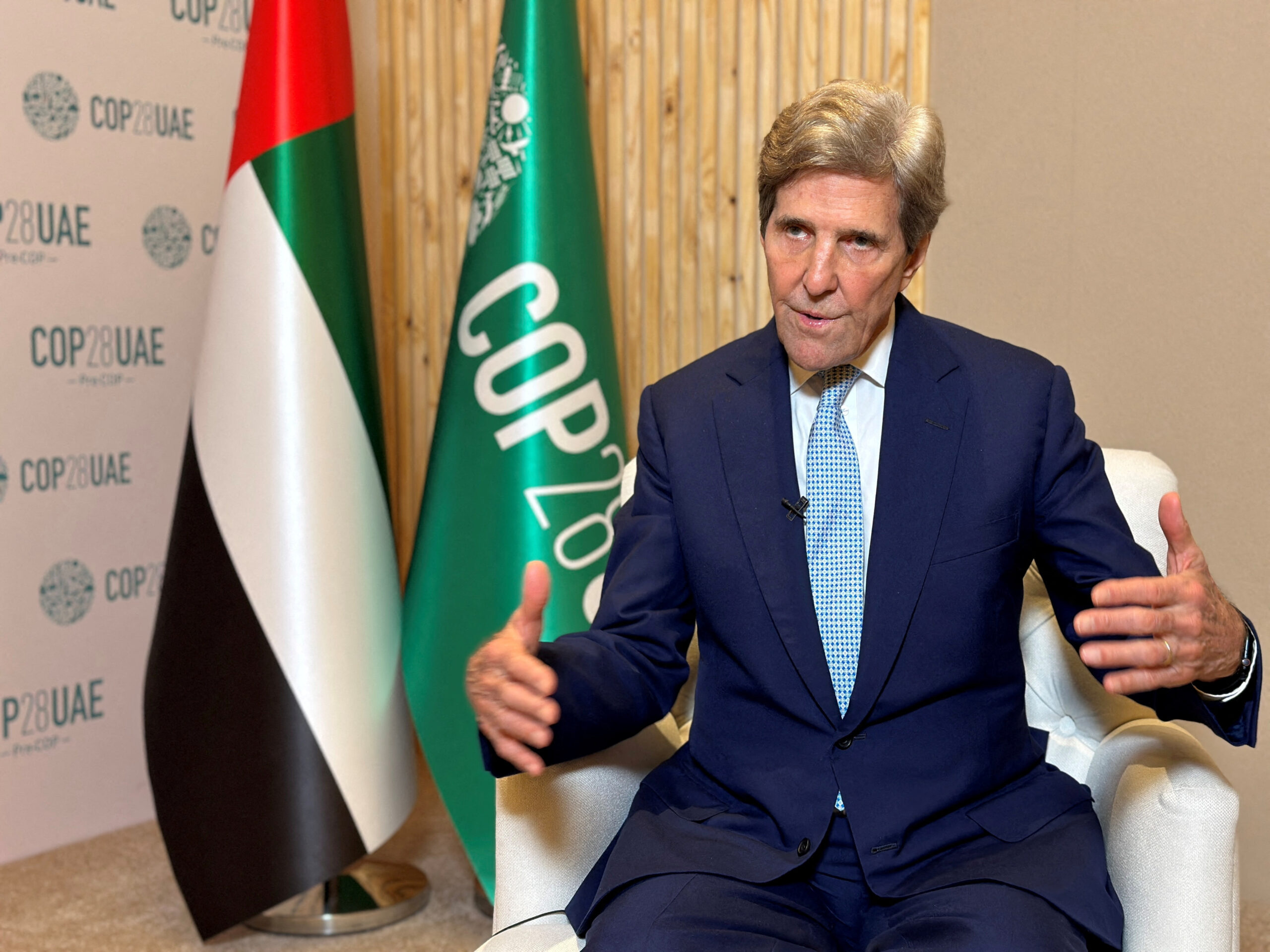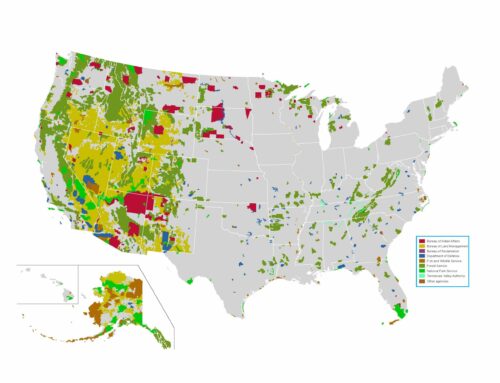by Greg Walcher, E&E Legal Senior Policy Fellow
As appearing in the Daily Sentinel
The most important annual meeting in the world wrapped up this week in Dubai after two weeks of keynote speeches, committee sessions, photo ops, press conferences, royalty, fancy dinners, VIP tours and glitzy exhibitions. It is referred to officially as the Conference of the Parties of the United Nations Framework Convention on Climate Change, or for shorthand the 2023 United Nations Climate Change Conference, or more informally “COP28” because it is the 28th annual gathering of the “Conference of Parties.”
As usual, the conference adjourned with no major breakthrough, merely restating the long-term dream of ending fossil fuels. Even U.S. climate envoy John Kerry, who went to lecture the world to stop permitting any coal power plants, said the proposed fossil fuel language “does not meet the test.” No one left satisfied with any new policy, though a good time was had by all. Perhaps that’s why they call it the “conference of parties.”
These annual COP conferences have been held for over 40 years now, intended for governments of the world to agree on policies that would limit global temperature increases. They have resulted in a bewildering array of treaties, protocols, agreements, amendments, addendums, side agreements and especially announcements — not temperature decreases. In fact, what has been the result of all this activity on global warming?
Worldwide greenhouse gas emissions are at record high levels and the use of coal, oil and gas is higher today than at any time in history. Not in the United States, mind you, but worldwide. These conferences have resulted in precisely nothing when it comes to measuring climate change. One thing has changed, though. The conferences themselves have grown enormously over the years, this latest one being dubbed by some as the largest carbon-footprint conference ever held.






